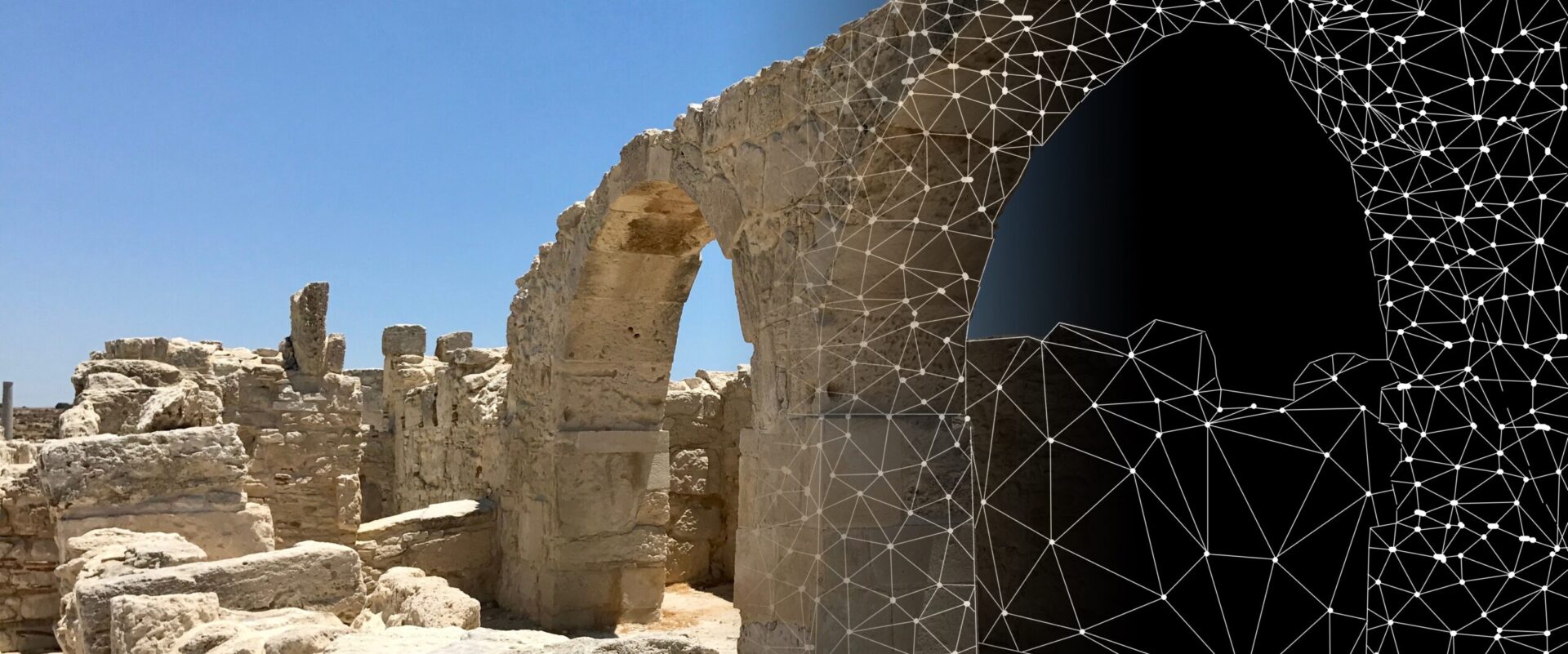Digital Archaeology of a Slovenian Hillfort Landscape, Slovenia
Co-director
The Digital Archaeology of a Slovenian Hillfort Landscape project is centered on the late prehistoric Iron Age and historic Roman Period (8th century BCE – 5th century CE) of southwestern Slovenia. We will investigate local responses to periods of unrest and large-scale change by using specialized analysis of large LiDAR datasets, ground survey and targeted shovel tests assessing prehistoric landscape features (cairns, field boundaries, etc.), and excavation at hillfort settlements. The goals are twofold. First is to understand changing landscape use related to major social shifts including the beginning of the Iron Age, the Celtic migrations, Roman conquest, and decline of Roman power. The second goal is to understand the creation of territorial communities and the interconnections between these communities through an examination of settlements, their hinterlands, and associated anthropogenic landscape features. This project is run as a field school through UWO beginning in Summer 2021. Students can apply here.
Visualizing Antiquarian Excavations: Digital Reunification of the Mecklenburg Collection
Co-director
During the late 19th and early 20th centuries, numerous antiquarian excavations took place in continental Europe and the Mediterranean under the auspices of the German, Ottoman, and Austro-Hungarian Empires. These excavations provided the foundational archaeological collections of many museums in Europe and the United States. The artifacts are still held by these museums, and due to issues of distance and limited research funds, have remained largely unavailable to scholars and the public in the countries of origin. This has been the case with the Mecklenburg Collection, which was excavated prior to World War I by the Duchess of Mecklenburg when the modern nation of Slovenia was part of the Austro-Hungarian Empire. The project, Visualizing Antiquarian Excavations: Digital Reunification of the Mecklenburg Collection, uses digital techniques for documentation and visualization to facilitate the digital accessibility of this collection, making the material available for widespread scholarly research and public dissemination. Visit the project page on Open Context here.
Athienou Archaeological Project (AAP)
AAP began in 1990 to understand the long term change in the Malloura Valley, Cyprus. Recently, the focus has been on the excavation of the Cypro-Archaic through Roman period rural sanctuary of Athienou-Malloura. I have been working with the project since 2012, beginning as a field supervisor and since becoming the director of digital imaging. You can find the most recent publication on the site here.
Data Archaeology and Data Reuse
Instructor
During the 2020 Spring semester, I taught a course at the University of Wisconsin-Milwaukee in the Department of Anthropology on digital archaeology and data reuse. A GitHub repo, found here, contains all of the information from the course (syllabus, activities, etc.). Please use, share, and modify aspects of this course.
This course provided students with a space to develop their digital literacy in archaeological contexts. We used a combination of lecture, discussions, and computer work to engage students in ways to create, manage, combine, and reuse archaeological data, while also confronting emerging issues in the field related to the increased use of digital technologies: data accuracy, data ethics, ownership, open data, public engagement, ‘big data.’ There were no expectations of a coding or data analysis background – this course was about exploration and experimentation. Students were not expected to emerge from this course with a complete knowledge of how to perform complex analyses on digital datasets – rather, this course instilled an underlying framework for how to think about archaeology and the data that archaeologists produce. It fostered an understanding of the principles that are beginning to guide archaeological research in the 21st century.
This course was funded by the Alexandria Archive Institute (AAI), a 501(c)(3) non-profit organization (EIN: 9102146202). AAI has received an Infrastructure and Capacity-Building Challenge Grant from the National Endowment for the Humanities which provides funding for the AAI’s activities for ten years, until December of 2028. A key aim of the program is to develop data literacy among students and other practitioners of archaeology. To this end, a portion of the AAI’s annual budget is earmarked for developing a Data Literacy Program, which will include a variety of approaches, such as workshops, full courses, and fellowships. This course was a part of this program, working to develop principles of archaeological data literacy and reuse.
